|
The old water pipes were old and damaged, most of the water leaked out of the old pipes on the way from the source to the home; that greatly affect the daily life persons affected by and villagers in the home and the community. Villagers then applied for the implementation of water project from The Leprosy Project in early 2019. Staff conducted preliminary survey in early July, 2019 in the village and confirmed the feasibility of connecting water pipes to the home. A general meeting of villagers of the home and the community. The proposal of the water project was approved by all villagers, agreement of volunteer labour input was also signed at the meeting. Villagers began to work on the preliminary preparation such as clearing up obstacles and digging channels for main water pipes from the source to the home. Two concrete platform for sectional water tanks as completed in August. Villagers completed the installation of two 6m * 5m * 2m (60m³) GRP sectional tanks were installed in early November 2019 with technical support of the villagers from Yanyuan, where they had completed water project earlier in 2019. The connection of water pipes was completed before the Chinese New Year of 2020. The project benefited 81 villagers and persons affected by leprosy from 43 households. There shall be a detailed report on the project when regular visit to the home is allowed in Mid-May 2020. As the home was locked down due to COVID-19 pandemic. The completion of the entire project was approved in Mid-May 2020.
1 Comment
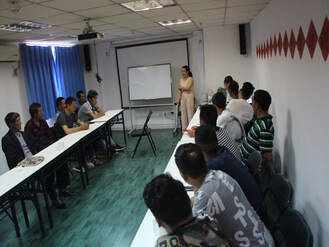 During the interview and conversation, representative from Meigu expressed his feelings about his village, he analysed the problem he found regarding his own community that the villagers were not proactive, they have been dependent, like to ask and they would rather wait for help instead of doing by their own; the consciousness in health and community hygiene has also been low. Representative from cluster 10 and 11 of Ta-er-ti village in Yanyuan also shared their experience of implementation of the water project, and issues in community hygiene of Mianning. 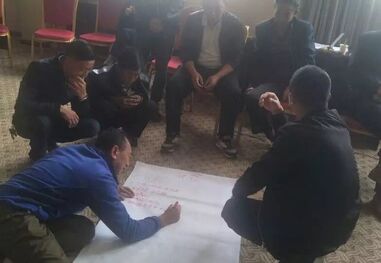 At the discussion session, through the issues finding in Mianninig, most of the representatives had the same feeling that they all had similar issues such as, community infrastructure, environment and weak consciousness in health. They all believed that if they wanted to develop, they needed to have capable villagers to operate the community / village management teams, a harmonious neighborhood and to diversify community cultural and entertainment activities. After the discussion, new plans were added to the annual plan for 2020 in addition to those on-going and confirmed programs. Women health management teams comprised of female villagers were set up for different communities in helping the project promote health education, especially on women’s health. Community artistic and performing group was proposed to set in in the community in order to meet the needs in cultural and entertainment activities, especially for elderly persons affected by leprosy and villagers. On agricultural development, new species of economic crops such as konjac, mango trees, citrus trees and livestock such as beef cattle, goats shall be introduced to the villages to improve their economic incomes. 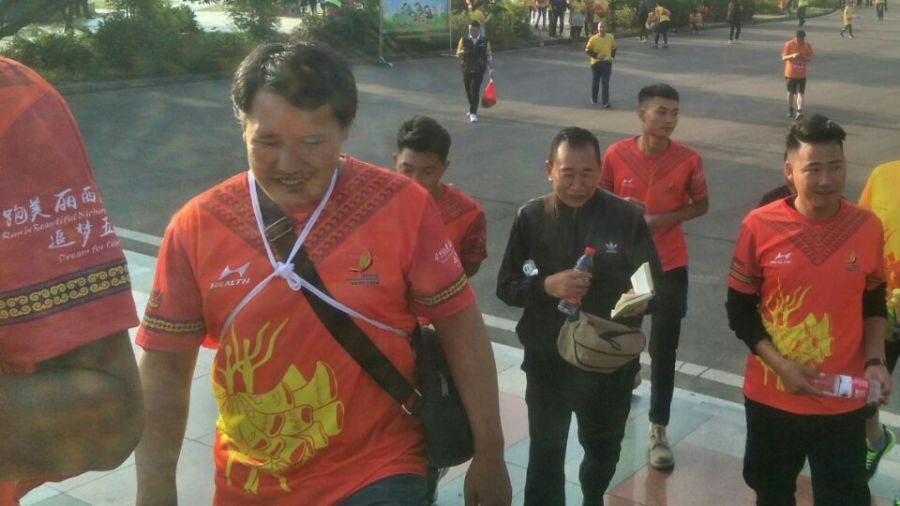 At the summary session, representatives summarized their works for the year, shared their experience and lessons learned at the end. During the meeting, some of the participants also participated in the Annual Xichang international Marathon together with some of the project staff. An appraisal of outstanding members of the management teams at the end highlighted the meeting, all winners were elected by the villagers and project staff. |
Archives
May 2020
Categories
All
|
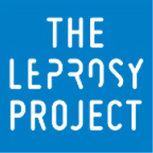
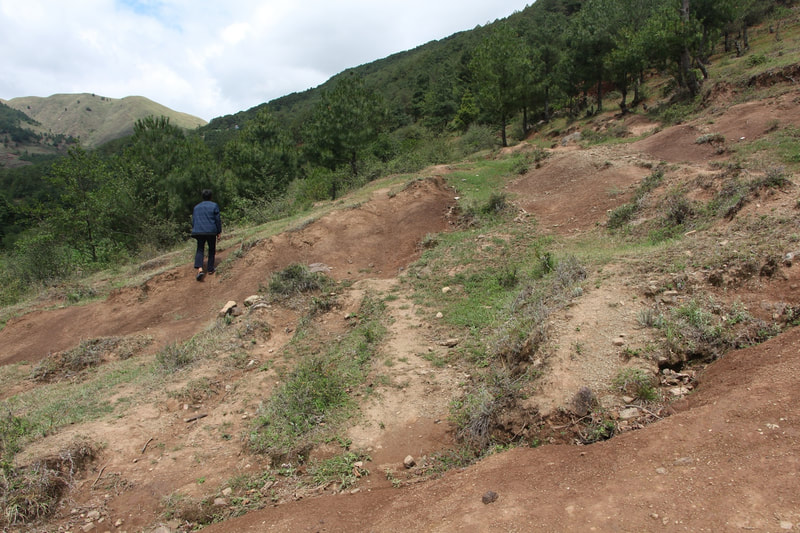
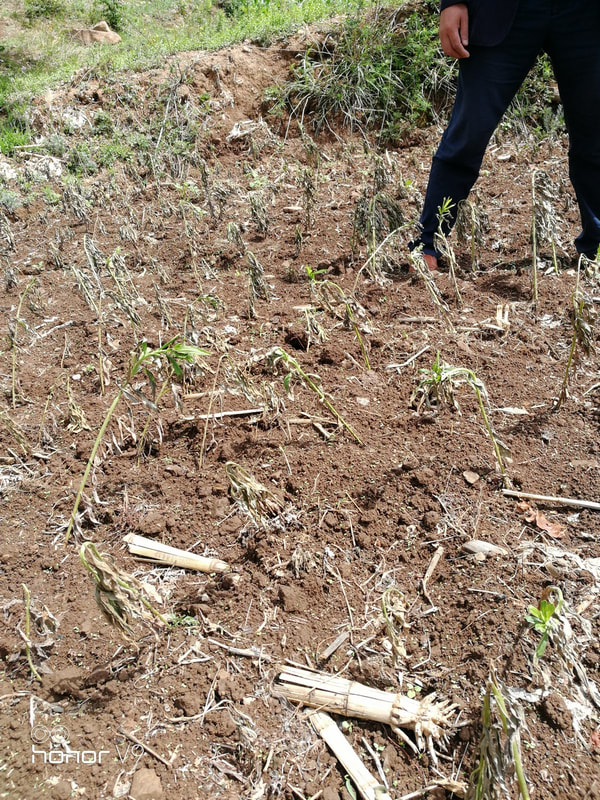
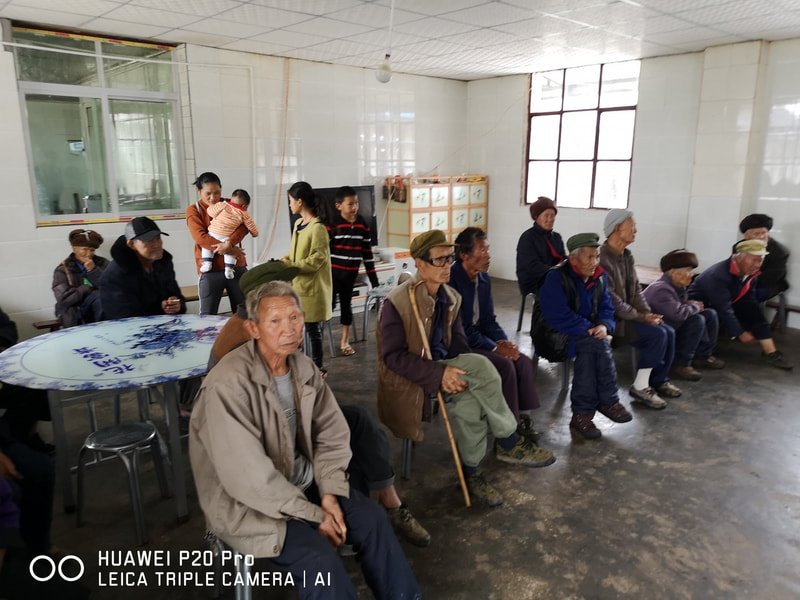
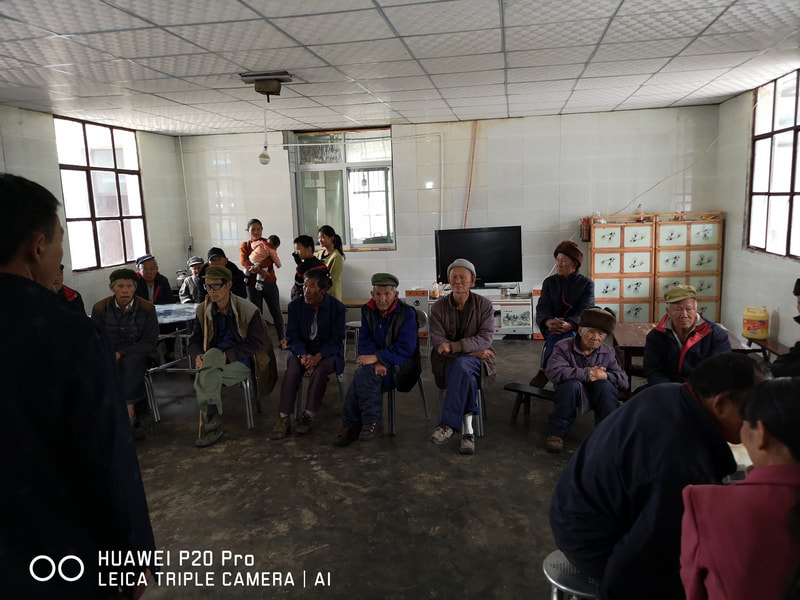
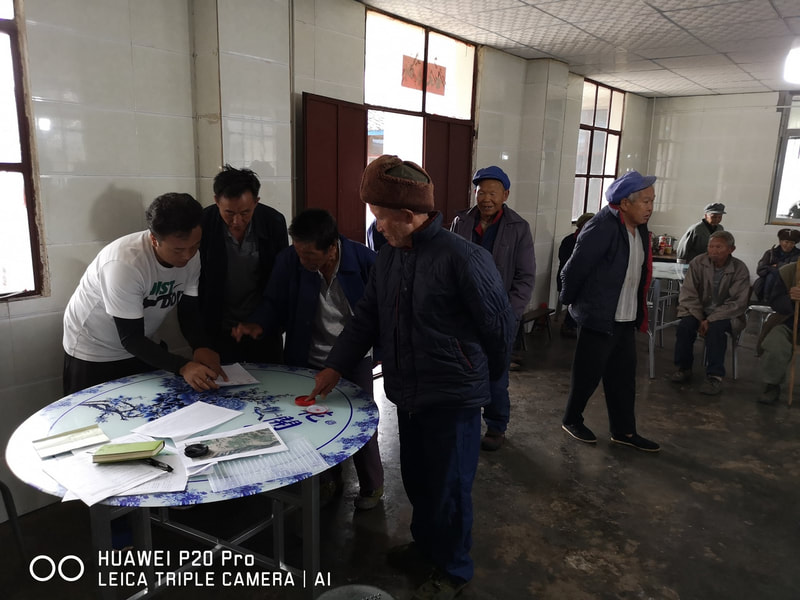
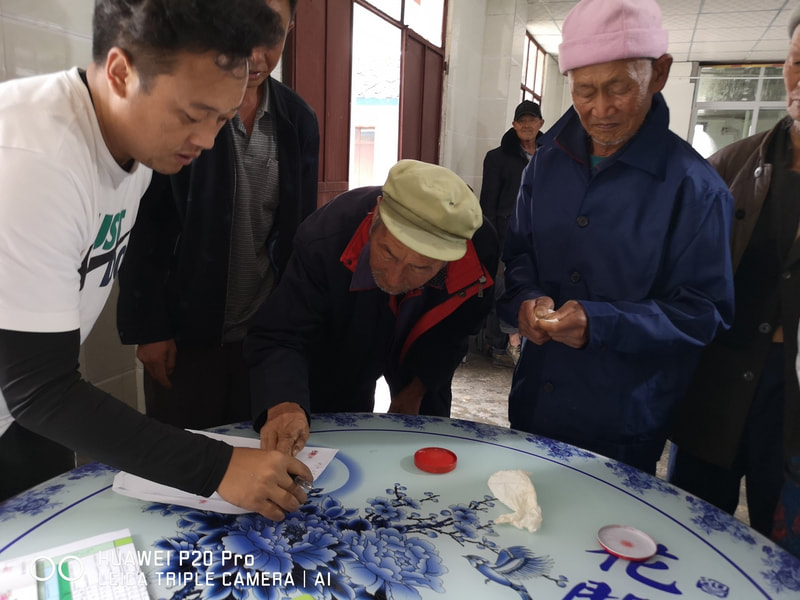
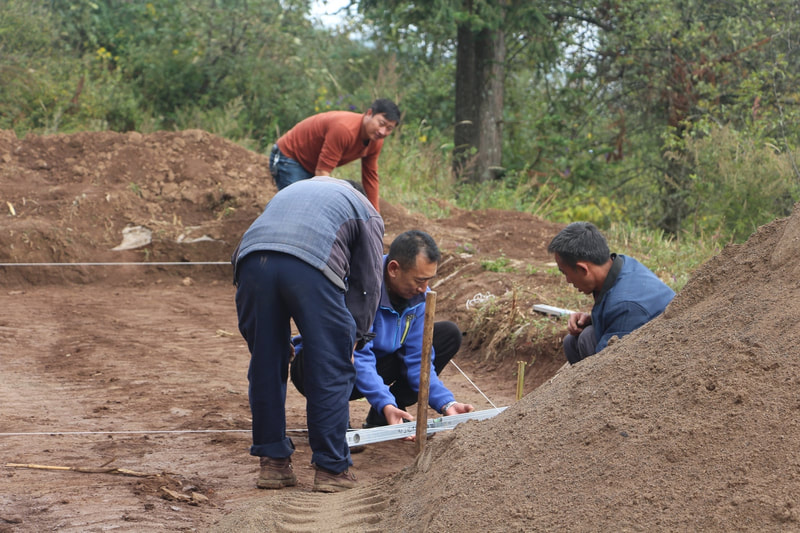
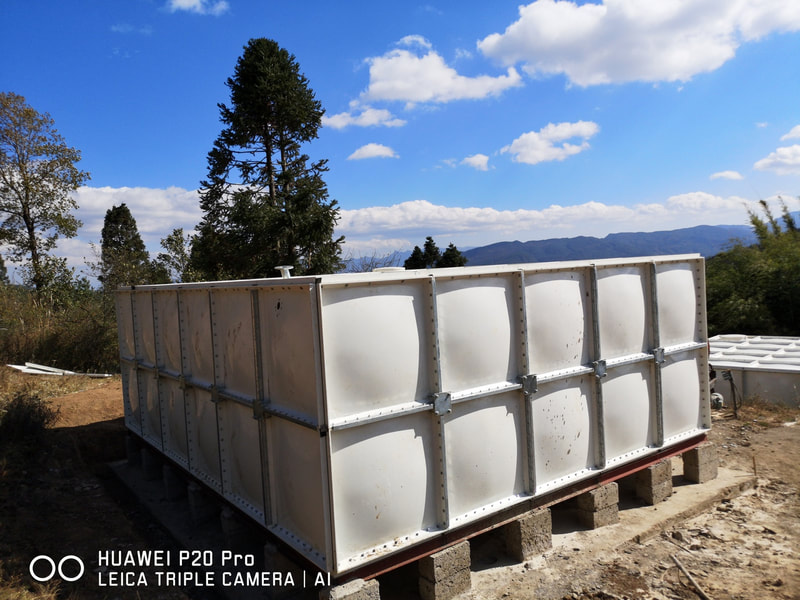
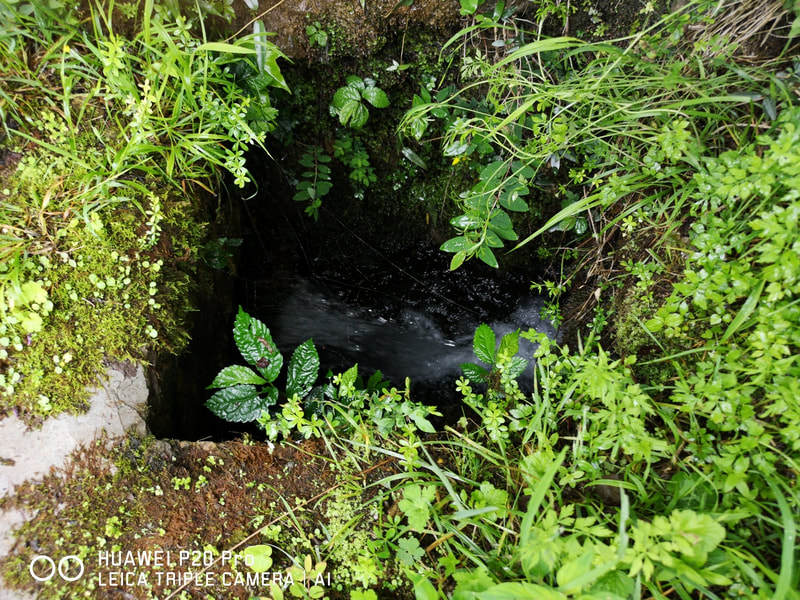
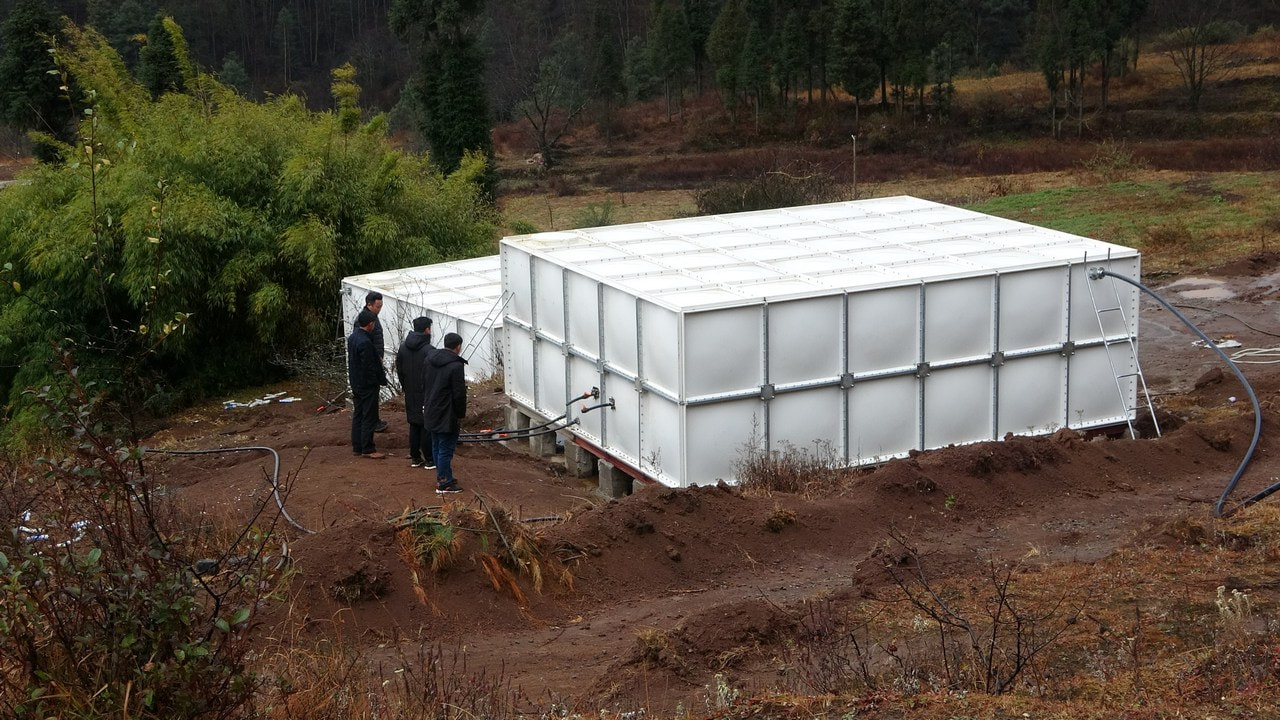
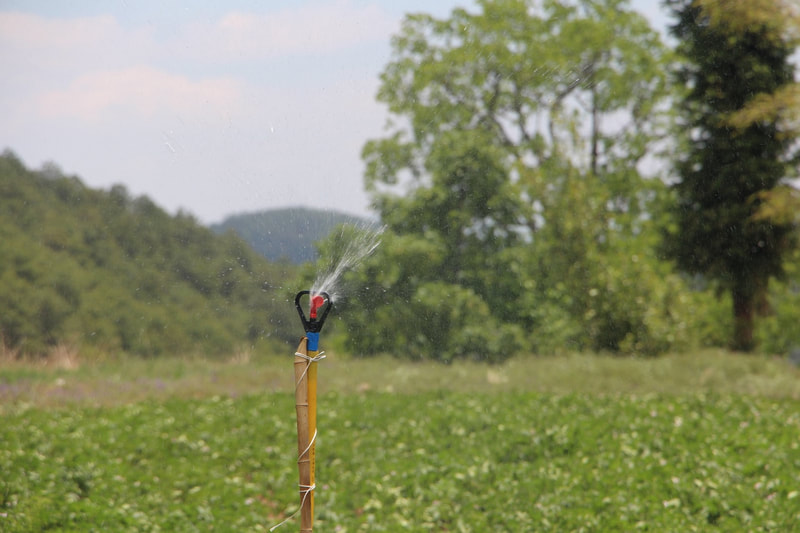
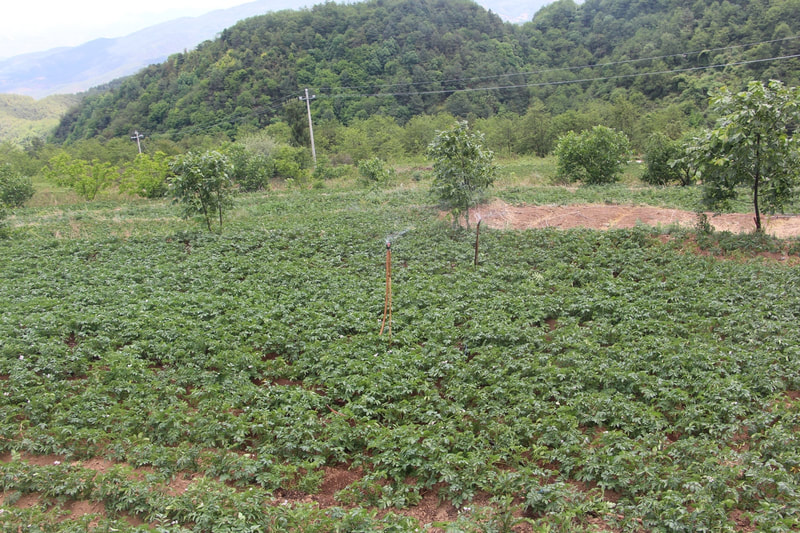
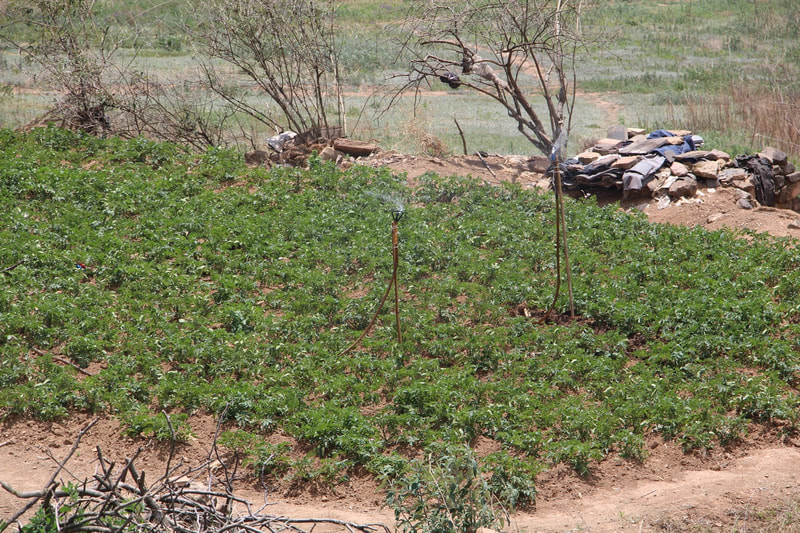
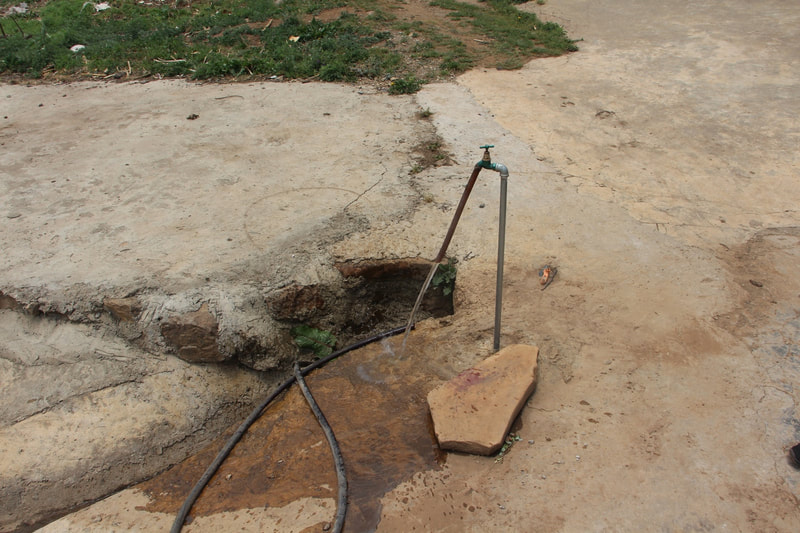
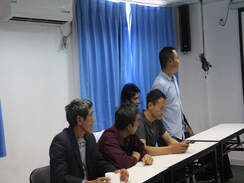
 RSS Feed
RSS Feed
